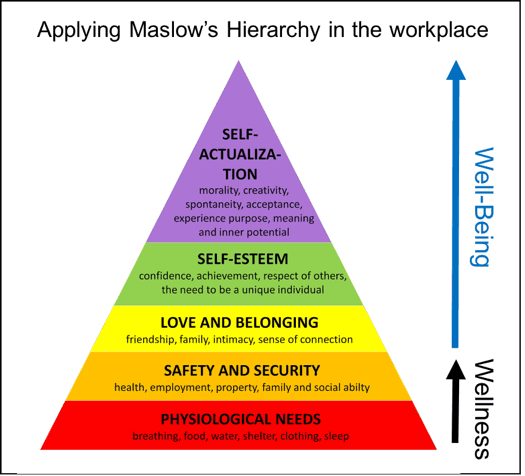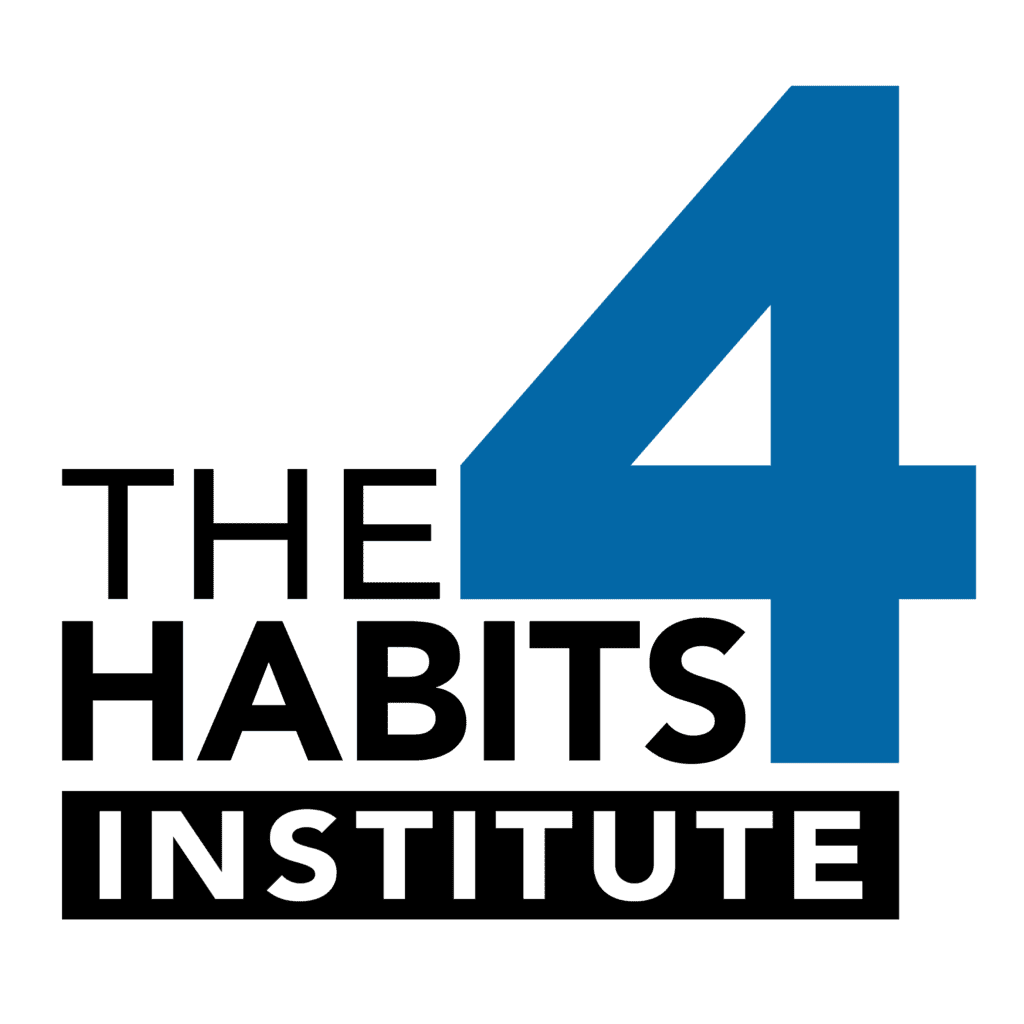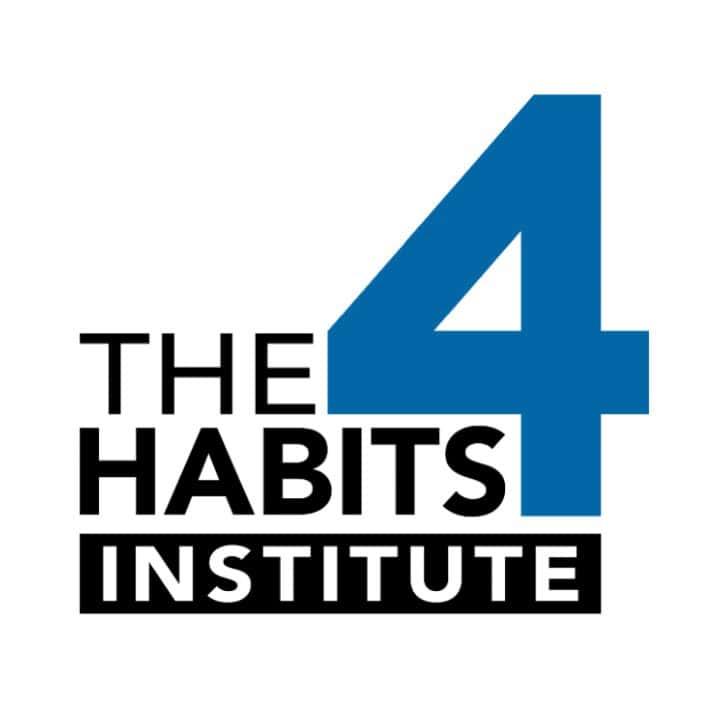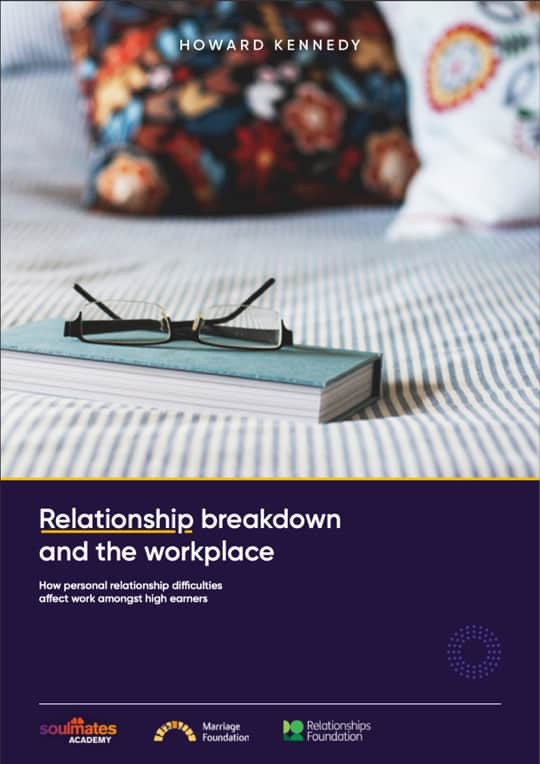The times they are a changin’…
For sure the next generation is demanding more; mental health is becoming more and more of a concern; and companies are needing to be more and more innovative in their quest to attract and retain the very best talent… Those leading the charge have started supporting relationships and are now reporting the benefits of reduced stress and increased emotional resilience. Could this be the winning differentiator in the war for talent?
____________________________________________
Talk to any HR Director or CPO and they’ll confirm that long gone are the days when employers had the upper hand in finding and keeping the best talent. According to a recent Forbes article, in today’s gig economy workers are looking for diversity and flexibility in their roles and the ability to showcase their unique skill sets. Being far more discerning and looking for companies that fit their values, rather than the other way around, they appear to have been successful in transferring the balance of power in the recruitment market over to the candidates and in the talent retention market over to the employee.
So, what’s changed?
- The current reality couldn’t be further from the old “job for life” mindset that our parents and grandparents knew and loved – a recent LinkedIn study revealed 85% of the global workforce is actively or passively looking for a new employer.
- The modern workforce appears to be a more sophisticated audience, valuing the quality of life and respect from their employers far more highly than preceding generations.
- The new generation is more globally mobile… and often follows their desires to go explore!
- They are also increasingly aware of stress at work and tend to factor the likelihood of stress into their employment decisions.
- And to make matters worse, previous differentiators such as pay scales and benefits packages have mostly levelled out and are no longer deciding factors in job-seekers’ decisions.
And what have we done about it?
To attract and retain key talent, develop high-performing teams and hold on to great people long enough to have a reasonable succession planning strategy, most companies have already figured out they need to be more innovative, proactive and personable in their employee engagement strategy:
- Today, companies don’t pay close attention to their reputation, brand and the word on the street – rather on social media! – about who they are, what they stand for and the quality of experience their employees enjoy, lose out.
- In addition, the bigger and more global companies become, the more urgent the need seems to be to “personify”. More than just the brand and reputation, the current generation value corporate character – like days-of-old when people were attracted to companies because of the values of the founding fathers and the dreams they believed in. Get it right and people tend to stick around. The challenge remains how to “bottle it” in the face of pressures to continue growing.

It’s complicated… and it’s personal …
Since the dawn of the information age, companies have been acknowledging – at least verbally – that people are their greatest resource. Top talent recruitment, however, remains a continual challenge for HR directors in 2017. As Isaac Getz (Professor at ESCP Europe Business School and co-author of the book ‘Freedom Inc’) reflects, “This is not new… what is new are the ways some companies are starting to tackle these challenges. The old ways such as signing bonuses and incentives work less and less in a VUCA world.” Motivated, committed, talented employees continue to be the difference that makes the difference for competitive advantage in the global marketplace. Finding and keeping them is mission-critical.
Now more than ever, the level of investment in people and perceived respect, care and support for people in ways meaningful to them will determine who wins and who loses the battle for attracting and retaining the best talent.
And if the increasing war for talent is true for companies in general, it’s especially true for professional services firms like investment banks and management consultants where the skills and talents of their employees have a disproportionately high impact on the bottom line. The very nature of the work also adds its own stressors to an already stressful and information-overloaded world. In these industries, the pressure is on to come up with the most innovative responses to the questions employees are asking now: “why should I join you?”, “and why should I stay?”, because the money alone isn’t sufficient for the sacrifices required.

So, what are the most in-demand individuals looking for?
For sure flexibility, fair rewards and a sense of social responsibility and care are amongst the top requirements, especially for the millennials and beyond (Forbes, Workplace Trends for 2017). More than any previous generation they appear to have a more challenging yet accepting and embracing culture, respecting people for who they are, not what they are or do.
A genuinely inclusive environment is also a given and companies that live and breathe the values of inclusive leadership, rather than pay lip service to it, will continue to outstrip competitors in the race for talent.
These are both great starts, but it is imperative that very soon all progressive companies will have this sorted, so there must be more.
As Kate Lister (president of the agile workplace consultancy, Global Workplace Analytics) points out, our old friend Abraham Maslow’s Hierarchy of Human Needs provides a really useful insight here. In Maslow’s framework, employee needs progress upwards in a hierarchy, with physiological needs forming the base of a pyramid, followed by the need for safety and security. Maslow points out that people aren’t generally interested in seeking out needs at a particular level until the needs at the level below have been met. Once those basic needs have been met, the next level is an individual’s need for Love and Belonging. Again, once that is met, the individual is freed up to pursue Self-Esteem and ultimately Self-Actualisation needs (basically higher level/altruistic-type goals).

What’s really interesting, as Kate points out, is that the base two needs for Psychological and Safety/Security needs in the workplace are generally taken care of through physical considerations (such as adequate lighting, heating/air-conditioning, ambient noise levels, etc.) and wellness programmes (private medical cover, gym facilities, 24-hour nurse line, CPR and first aid training, smoking cessation programmes, on-site flu vaccinations, health and lifestyle counselling, etc). Employees often consider these as hygiene factors – they basically need to be there for employees to not be unsettled, but they’re not enough to motivate individuals to stay.
The top 3 levels of Maslow’s pyramid fall neatly into the realm of well-being. This suggests that well-being programmes will be more successful when they appeal to an individual’s needs for Love & Belonging, Self-Esteem and Self-Actualisation.

How should organisations be responding?
In light of that, you can begin to see why more and more firms have started banging the well-being drum. Employee engagement has been shown to be a strong predictor of business performance. Of course, this comes as no surprise, because engagement goes beyond the expected level of productivity into the realm of discretionary effort, where employees are so connected to the organisation that they are willing to invest “themselves” in helping achieve its goals. With recent trends showing how easy it is for the workforce to become “unplugged”, finding ways to create that emotional connection and engagement is crucial to business performance.
Writing in The Guardian Feb 2017, journalist Linda Jackson concluded:
“Smart employers are placing well-being at the heart of what they do… yet fewer than one in ten (8%) of UK organisations have a standalone well-being strategy.”
The smarter companies, it seems, have started creating well-being offerings to help their employees feel looked after and cared-for and, in particular, to help them lead healthier, more balanced and less stressful lives. According to Cyber Scout, the top offerings currently include legal protection, financial coaching, identify theft resolution, health advocacy, meditation services, relationship counselling and child care assistance. While these may seem like overly generous nice to haves, there is a strong business case for emotional wellness, because of the growing concern of mental health in the workplace.
According to the Mental Health Foundation, mental health problems are the leading cause of sickness absence, with a staggering 70 million work days lost each year due to mental health problems in the UK, at a cost to employers of approximately £2.4 billion per year. No employer is exempt. Investing in emotional wellness these days is a commercial imperative.

But where is the money best spent?
The plethora of wellness and well-being initiatives that exist today show both the desire and the commitment of organisations to address the challenges of mental health and the perennial question of how to engage employees, and the determination to be innovative and creative in solving the problem. But it seems that one powerful way of reducing stress and increasing emotional resilience has been overlooked. Some companies have twigged that through supporting personal relationships, they can show more care and support for employees and hopefully help them remain productive. However generally, where they do so, they offer counselling sessions to relationships that have gone wrong and quite often are beyond the repair. Yet research has shown that healthy marriages and committed relationships actually reduce the production of stress hormones.
Clearly and inarguably, those employees who are in healthy, committed relationships produce less cortisol than those who are not, which is contributing to “a growing body of evidence showing that marriage and social support can buffer against stress”.
Not only do these healthy relationships reduce factors contributing to stress, but they bring additional physical health and productivity benefits.
So, what can be done more proactively? Clearly, investing in supporting marriage and committed relationships ahead of any crises is a worthwhile place to start.

What can we learn from those who are leading the charge?
In January 2016, the UK government announced the plan to double funding for relationship support as part of their strategy to reduce poverty through strengthening the family unit. In evaluating relationship support interventions, the Department of Education recommended that people should be incentivised to take up marriage and relationship education and couples counselling and that these interventions should be preventative, to increase awareness and give guidance in negotiating potential problems, as well as providing the long-term support triggered by crises. The evidence pointed to the economic advantage of providing such interventions, with additional cost benefits to be gained by potentially avoiding the significant expenditure associated with relationship breakdown.
The corporate world may also gain confidence (that investing in proactive relationship support will be money well spent) by looking at the experience in the US military. Incidentally, military personnel face similar relationship challenges to those working in high-stress corporate roles with long hours and extended times apart as the norm. Research done on US military personnel concluded that soldier retention rates, performance, overall satisfaction with military life, and healthy coping methods are all affected by a soldier’s marital and family life satisfaction. They also concluded that strengthening relationships builds emotional resilience plus a whole raft of other health benefits.
Further, the US National Resource Center for Healthy Marriage and Families recently put out a paper recognising that healthy relationship skills (such as communication, conflict resolution, parenting and financial literacy) are as relevant in the office as they are at home and concluded that:
”employees in stable relationships tend to be more productive, more committed to their employers, and healthier”.
Together these make a very strong case for organisations to invest in supporting marriages and committed relationships as part of their strategy to build emotional resilience, reduce stress factors, increase mental health and productivity in the workplace and become the employer of choice in their industry in the war for talent.
Concluding thoughts…
Surely attracting the best people only works if a company can continue getting the best from their people. Employees who are at peace in their home life and experience support from the organisation in the relationships that matter most to them, will of course be emotionally freed up to be more engaged, more committed and more productive in the workplace. The question then is how can organisations help to make investing in relationships an aspirational goal? How can organisations incentivise employees in a way that changes the current mindset from only reaching for relationship support when there is a crisis, to one which embraces relationship support interventions as part of a “must-do” self-development programme to remain leading edge and “top of your game” as an individual?



